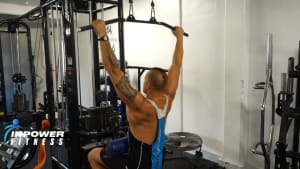
Contrast Training
Personal trainers or Strength and conditioning coaches have a common challenge when designing workouts for pro athletes. They must find the most efficient way to build up their strength because they often do not have much time in-between seasons. The timeline is even tighter if the athlete incurred injury during the season because before there is any discussion about building strength, the personal trainer must tend to the injuries first to make sure that they are completely healed. Otherwise, going through strength building before the body is ready will cause more harm than good. Because time is short, the strength and conditioning coach cannot waste any time with workout routines that do not produce quick results. They must design a workout regimen that is efficient and effective in getting the athlete to tip-top condition before the start of the next season.
In the U.S for example in the National Hockey League, most of their time is spent on the ice, and there is very little time when they are off the ice. The preseason begins in September. If the team managed to get all the way to the Stanley Cup Finals, they will be on the ice through June. That does not leave much time between seasons to recuperate and condition for the next season. The amount of time available to help the athlete build muscle and to build up their power would be around two months. Over the years, my mentor discovered how to get the best results from the time and effort put into these workouts. That approach is contrast training. I have used this a lot in my personal training studio for a variety of athletes who have little gym time before they report back to training camp for their team. I have found it works great for basketball players and their off season. These athletes will only rest up to 6 weeks after their season before they’re back on the court, plus they will play in various off season comps to keep their rhythm.
In the traditional way of conditioning and building strength, an approach called plyometrics is used. Plyometrics include workouts that combine speed and force in different movements. Things like running, jumping, push-ups, kicking, etc., are plyometrics. These are usually done at the beginning of each workout. One of the key exercises to help a muscle gain power is by going from flexion to extension quickly. This must be done at the beginning of the workout or else the athlete would be too exhausted from the other workout routines to go through this. It is like asking a runner to work on sprinting after running a few 400m laps. He would not be able to sprint up to his potential because he is already tired from running several 400m laps. Contrast training combines strength and plyometric exercises so the athlete gets the best of both worlds without feeling fatigued.
The Science
What is the science being contrast training that makes it work? Contrast training is based on one of the body's neuro reactions called post-tetanic potentiation, or PTP. The theory is that when a muscle contracts tightly, then releases, the same muscle can contract faster immediately after release. This is because the first strong contraction from the muscle uses a lot of fast-twitching fibers. When the muscle contracts again, these fibers are still in action so the second contraction is faster. The same thing happens when you lift a lighter box after you have been lifting heavy boxes - you're able to lift the lighter box much easier.
Athletes in different type of sports use the PTP effect to their advantage all the time. For instance, before a baseball player steps up to bat, he warms up his swing with a heavy bat. When he swings at the plate, he can deliver more power. Another example is a how a sprinter warms up. A sprinter might push a sled or run with a parachute before releasing it and goes into a fast sprint. The use of this resistance is based on the PTP effect.
There is a famous weightlifter from Canada, Doug Ivan Hepburn, who used PTP which led him to break the record in bench pressing. In 1953, he broke the record by bench pressing close to 250kgs in the World Weightlifting Championship. He won, of course. He prepared for this win by beginning his workout with heavy weights and low reps, then increasing his reps with the same exercises for the next sets. Check out the book by Tom Thurston entitled, "The Doug Hepburn Story" and you will get inspired by his methods to power training.
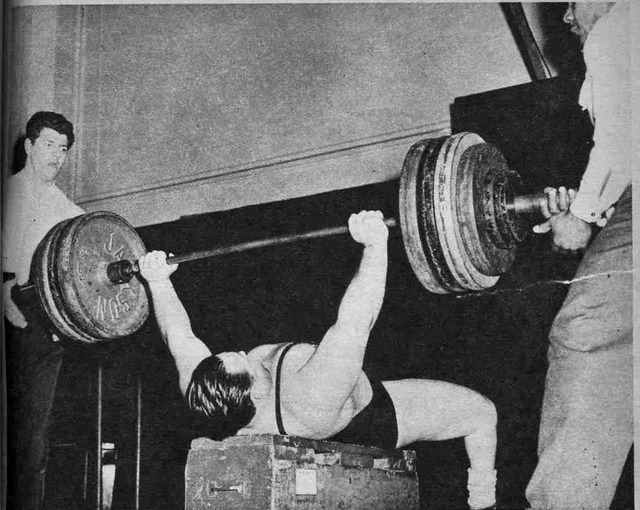
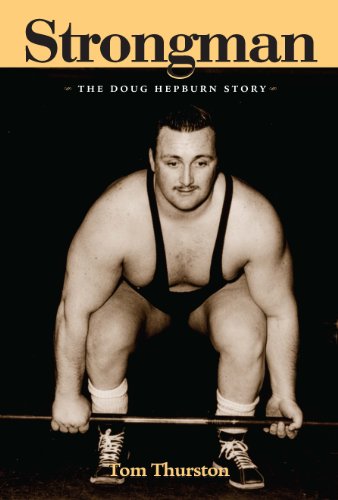
World weightlifting was dominated by Bulgaria for a number of decades, thanks to the workout strategy of the Bulgarian team's head coach, Ivan Abadjiev. Abadjiev made his weightlifters build up to a single clean and jerk at maximum weight. Then he had them reduce the weight and do several reps with the lighter weight. In the 70s, an article from Joe Weider’s Muscle Builder/Power magazine introduced this method to the American weightlifting coaches. The article talked about the training routine of Andon Nikolov, who won gold in the 1972 Olympics middleweight category. In 1974 European Weightlifting Championships, he broke the world record when he challenged reigning champion David Rigert from Russia. Nikolov snatched 385 pounds. It is these and other amazing accomplishments from the Bulgarian weightlifters that drew attention to this method of contrast training using PTP.
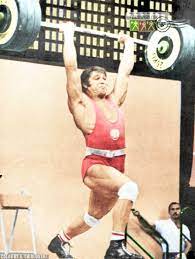
An advantage to contrast training by using plyometric/jump training is that the number of reps needed is a lot lower than just using plyometric training. When professional hockey players work out with only plyometric routines, they put a lot of stress on their joints. A lot of coaches do not realize how the body takes a toll from this. Some people joke that because players need a lot of time to recover from injuries caused by plyometrics between seasons, this is why the hockey season is so long.
Contrast Workout Routine
Another mistake that a lot personal trainers make is that they do not let the athletes rest enough to recover from these exercises. The nerves in the muscles simply cannot recover that quickly after the muscles have just gone through round after round of plyometrics. Contrast training is different because this method combines two workouts in one set; as a result, you are using the same amount of time to do a lot more work.
Below is an example of a workout created for advanced athletes. This is designed for those who have been training in weightlifting for a minimum of one year. For people with less than that, they should not try this intense program.
This program is designed to be done two times a day, with a maximum of two times a week for two to three weeks. You should rest for two days after each workout. It combines a plyometric exercise with a classic strength exercise. There are two workouts, but it is not recommended that you do both at the same time of day. Doing so will exhaust you to the point that you would not be able to do the other exercises later. Another suggestion is to alternate these two routines each day you train. For example, for the next training session, you can do the afternoon workout in the morning, and the morning workout in the afternoon.
Morning Workout
A-1) 1-1/4 Barbell Back Squat, 5 sets, 6 reps, 5010, rest: 10 secs.
A-2) Depth Jump, 5 sets, 6 reps, X0X0, rest: 5 minutes
B-1) VMO (muscle above knee cap) Incline Leg Press, 5 sets, 12 reps, 4010, rest: 10 secs.
B-2) Walking Lunges with Dumbells, 5 sets, 8 reps, 20X0, rest: 3 minutes
Afternoon Workout
A-1) Russian Step-Up, 5 sets, 10 to 12 reps, 10x0, no rest
A-2) Barbell Drop Lunge, 5 sets, 10 to 12 reps, rest: 5 minutes
B-1) Barbell Deadlift (Semi-Stiff-Legged), 5 sets, 10 to 12 reps, 3210, no rest
B-2) Back Extension at 45 degrees, 5 sets, 10-12 reps, 3610, rest: 1 minutes
Some Highlights
For the workout to be most effective, there should be very little to no break after A1 and before A2. However, after the pylometric exercises (e.g. the Depth Jump and Barbell Drop Lunge), you should take a long break to allow the muscles nerves to recover before you proceed with another set.
The barbell drop lunge requires a lot of work on the hamstrings. It's a good exercise for sports like soccer that require fast change in direction. If you want to add some variety to the routine, you can replace the depth Jump with hurdle jumps or another kind of bounding jump.
In the PM workout, Part B, the hip extensors are worked on at different strength levels, like pausing at the end of the deadlift, then when doing the back extension, stop and pause at parallel. These exercises can help build up those muscles quickly, and they give athletes the edge to surpass their competitors.
In conclusion, if you want to learn more about contrast training and workouts and the science that supports it, check out "Explosive Power and Strength" by Donald Chu. This is beneficial for athletes at all levels. The author holds a doctorate degree in physical education and is a highly respected coach in track and fields, with special expertise in jumps.
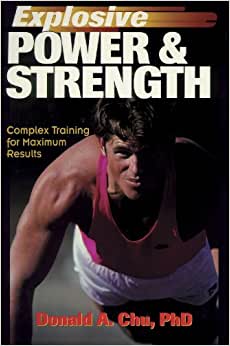
In personal training, you want to pack in an effective workout in a short period of time. Contrast training is a proven method of achieving this.




